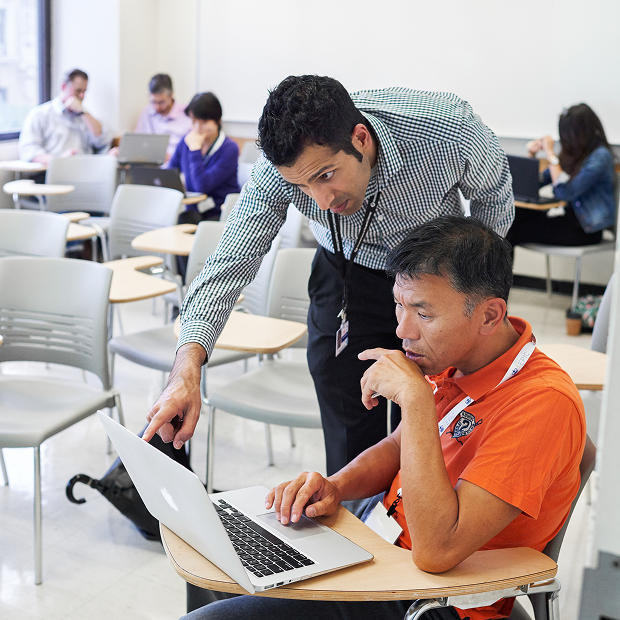Choosing your Path in
Public Health Education
A Guide to Master's Degrees at Columbia University Mailman School of Public Health

Embarking on a journey in public health is both a commitment to learning and a pledge to serve. As the nation and world face increasingly complex health challenges, the need for skilled public health professionals is vast and critical. Columbia University Mailman School of Public Health offers a transformative education designed to equip students with the knowledge, skills and networks to make a tangible difference in the world. Read on to explore the value of public health, its diverse fields and how you can chart your path in this impactful area of study.

The Importance of Public Health
Public health is the backbone of healthy communities. It is the unseen force that ensures clean drinking water, combats infectious diseases and promotes equitable access to healthcare. At its core, public health is about prevention—addressing issues before they become crises and creating equitable conditions for all.
Public health careers are as varied as the challenges they address. From epidemiologists tracking disease outbreaks to policymakers advocating for health equity, public health professionals play a pivotal role in making a healthier and more just world. Their work saves lives, promotes and improves quality of life and strengthens communities.
With a variety of disciplines to choose from, there are plenty of opportunities to align your interests with a meaningful career. As you consider your next steps, think about how your skills and interests intersect with the current demands of the field.
Exploring Public Health Fields
Public health is a broad discipline with numerous specialties, each contributing to the welfare of communities in unique ways. Its diversity is one of its greatest strengths, providing opportunities to specialize in areas that address specific community needs while leveraging skills and interests.

Some might find their calling in family health, focusing on improving healthcare systems in underserved populations. Others may be drawn to environmental health, tackling the effects of climate change and pollution on public well-being. Biostatistics and epidemiology attract those with a knack for numbers, helping to interpret data that can shape life-saving decisions. Meanwhile, those trained in sociomedical sciences use their knowledge of health-related behaviors to design programs that promote healthier lifestyles, while those with health policy and management training manage healthcare organizations and create policies to improve public health.
Choosing the right path is not just about personal preference; it is also about understanding where the greatest needs lie. Public health challenges such as infectious diseases, substance use disorder and health disparities call for innovative solutions. By aligning your career aspirations with community needs, you can maximize both your impact and your professional fulfillment.
As you begin your educational journey, take the time to analyze and understand what motivates you.